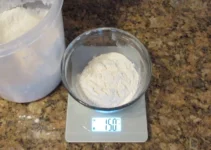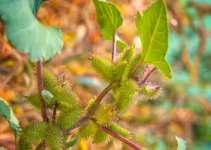Do you want to try Jambalaya or Loco Moco dishes at home but wondering 1/4 cup dry rice is how much cooked to avoid any leftovers or wastage?
1/4 cup dry rice can expand up to 3/4 – 1 cup of cooked rice, depending on its type and cooking method. Generally, white and jasmine rice expands to 3/4, brown and black rice yields 1 cup, while basmati rice gives you 1/2 cup of fully cooked rice.
Below, we’ll explain 1/4 cup dry rice is how much cooked and the approximate cooking time required to achieve that perfect texture.
How Much Cooked Rice Is 1 4 Cup Dry?
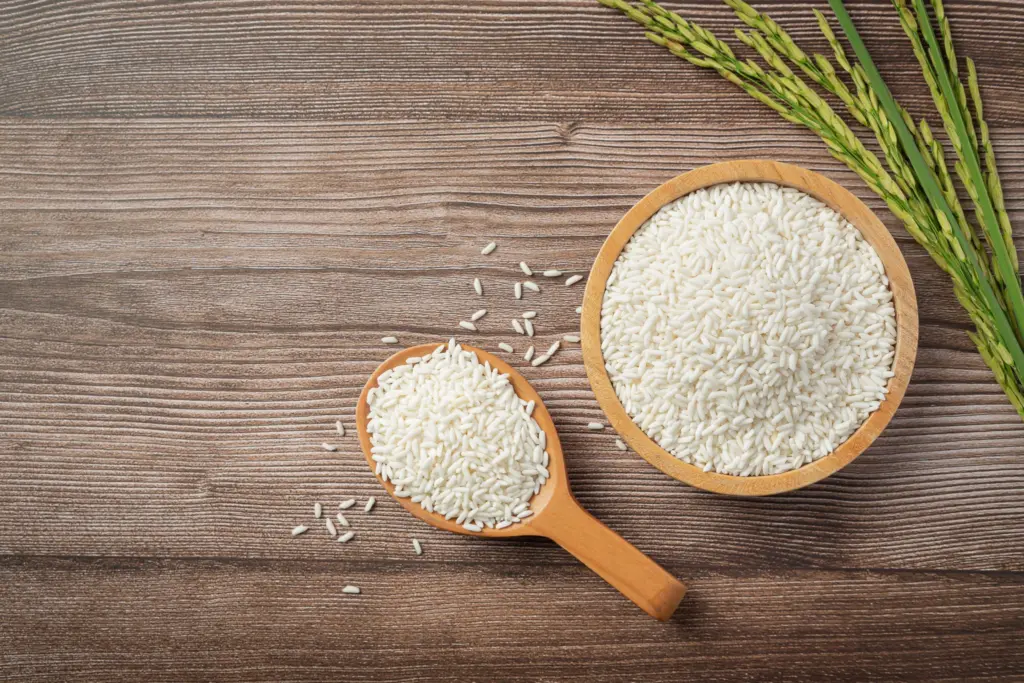
If you are wondering 1/4 cup dry rice is how much cooked, the yield you’ll get is 3/4 to 1 cup, which depends on the variety of rice used and the cooking method.
Let’s discuss in detail how much cooked rice is 1/4 cup of dry rice based on its types:
White Rice
White rice is highly processed during milling, and its husk, bran, and germ are removed completely. This gives it a longer shelf-life and white appearance but robs you of some nutrients.
When cooked, white rice expands with a ratio of 1:3, meaning 1/4 cup of dry rice yields 3/4 cup.
Brown Rice
Brown rice is healthier option than white rice because it is minimally processed. As a result, it retains its husks, bran, and germs, which gives it a brown color and much higher nutrient content.
The ratio of dry brown rice to cooked is 1:4 because it expands more than white rice. So 1/4 cup of brown rice will give you 1 cup when fully cooked.
Black Rice
Black rice, also known as forbidden or purple rice, is dark due to the pigmentation in its bran layer. This rice retains its distinctive hue when cooked, making it visually appealing.
The forbidden rice has a similar cooking ratio to brown one as 1/4 cup dry rice expands to approximately 1 cup fully cooked.
Wild Rice
Wild rice, also known as Zizania, is a nutritional grain harvested from aquatic grasses and is native to North America.
A general guideline is that 1/4 cup of dry Zizania will give you 3/4 to 1 cup of fully cooked rice.
Long Grain Rice
Long grain is a specific variety of brown and white rice, has a slender and elongated grain and is known for its fluffy texture and separate grain after cooking.
The cooking ratio for long white rice is typically 1:3, meaning 1 cup of dry grain will yield approximately 3/4 cup. In contrast, brown long-grain rice has a 1:4 ratio, giving you 1 cup of fully cooked rice from 1/4 cup dry grains.
Basmati Rice
Basmati rice, commonly used in Indian, Middle Eastern, and other Asian cuisines, is another long-grain rice variety. It’s fragrant aroma and delicate flavor sets it apart from other rice types and has even gained it the “King of Rice” title.
Generally, 1/4 cup dry grains will expand to 1/2 cup fully cooked, fluffy, delicious basmati rice.
Jasmine Rice
Jasmine rice from Thailand exudes a fragrant aroma and delivers a delicate flavor, distinguishing it from other rice varieties.
This rice has a cooking ratio of 1:3, meaning 1/4 cup of dry grain gives you approximately 3/4 cup of cooked rice for your recipe.
How Long Does A 1 4 Cup Of Rice Take To Cook?
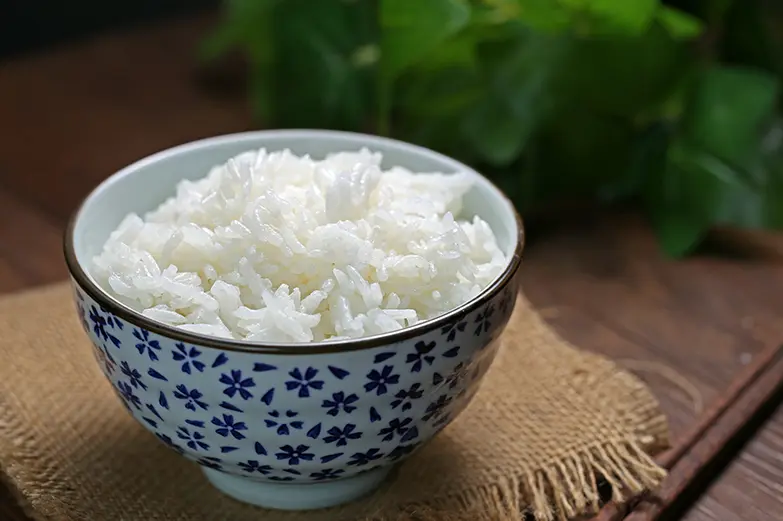
The cooking time for 1/4 cup of rice can differ depending on the type and your cooking method or recipe. Generally, short-grain requires 20 minutes, long-grain 15 to 20 minutes, and brown rice 30-45 minutes to cook on the stove thoroughly.
If you use a rice cooker, the rice will take precisely 10 minutes to cook. On the other hand, Instant Pot cooks fluffy and steamy rice in just 5 minutes.
Here’s the list of the different rice and the time they take to cook on the stovetop fully:
| Rice Variety | Time |
| White Rice | 15 to 25 minutes |
| Brown Rice | 30 to 45 minutes |
| Black Rice | 30 to 35 minutes |
| Wild Rice | 35 to 60 minutes |
| Long Grain Rice | 15 to 20 minutes |
| Basmati Rice | 12 to 20 minutes |
| Jasmine Rice | 12 to 20 minutes |
How Much Water Do I Need For A 1 4 Cup Of Rice?
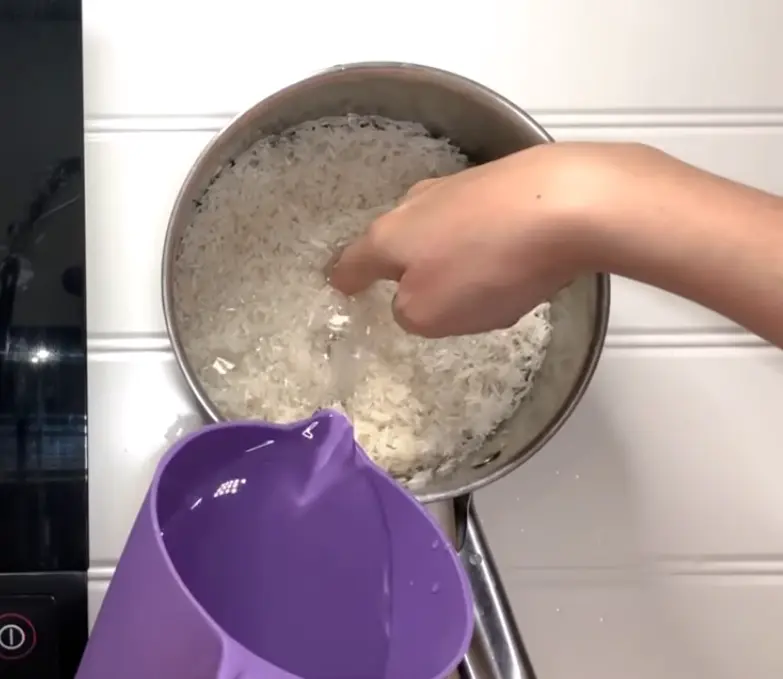
Generally, for most types of rice, including white, brown, basmati, and jasmine rice, a standard ratio is to use 2 parts water to 1 part rice. Therefore, for 1/4 cup of rice, you would need approximately 1/2 cup of water.
A commonly used technique to measure the amount of water for rice is the “Asian rule of thumb or Finger Trick.” For this, rinse your 1/4 cup dry rice and put it in the cooker or instant pot. Next, gently put your index finger on the rice without poking it, and add water until it reaches your first knuckle.
What Are The Top Tips For Cooking Rice?
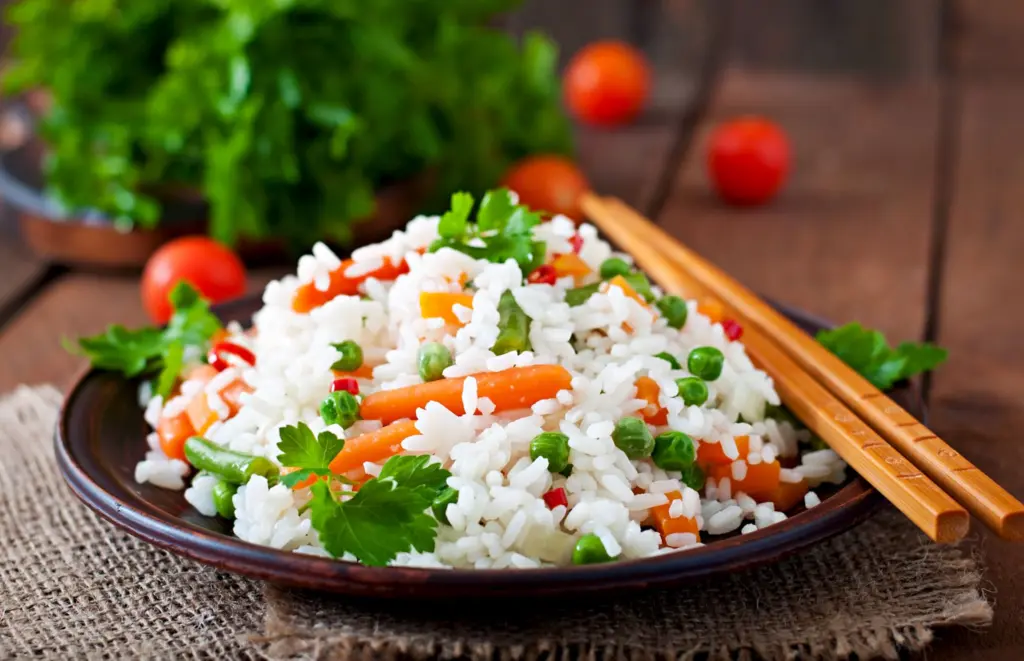
When cooking 1/4 cup dry rice, rinse it properly to remove any impurities or excess starch. Use the correct amount of water to avoid a mushy and gooey texture, and get the perfect rice for your carne asada or other dishes.
Below are some top tips to ensure successful results while cooking 1/4 cup of dry rice:
- Rinse the dry rice to remove excess starch and improve the texture of the grain.
- Measure the rice and water accurately to get the best results.
- Maintain a simmer and do not lift the lid while cooking to avoid disrupting the process.
- Let the rice rest for 5-10 minutes off the heat to distribute the moisture.
- Use a fork to gently fluff the cooked rice gently after cooking to separate the grains.
- Avoid stirring rice vigorously, as it can make it sticky and mushy.
Conclusion
This comprehensive guide discussed 1/4 cup dry rice is how much cooked in different varieties of this cereal grain. We’ve also discussed the amount of water rice needs to give you a fluffy and steamy dish.
We hope this details guide has provided you with insightful information and helps you prepare your rice dishes perfectly for your favorite meal.


